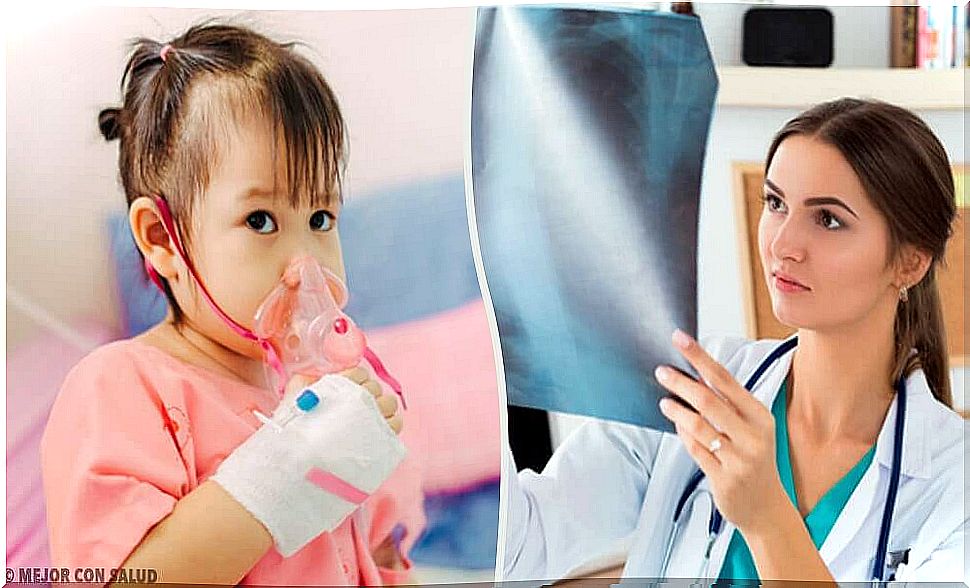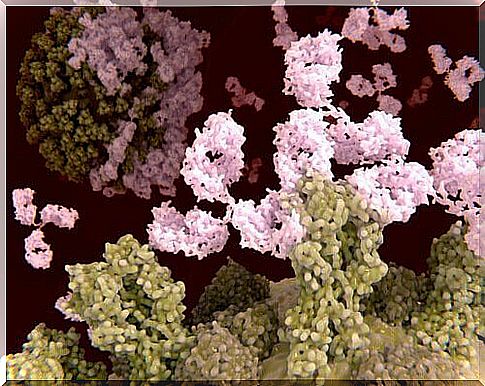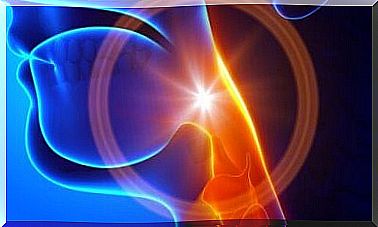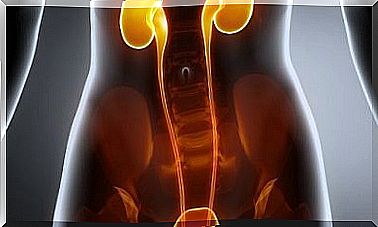Everything You Need To Know About Treating Pneumonia

First of all, the treatment of pneumonia (pneumonia) depends on the type of pneumonia the patient has. The physician must therefore consider a series of important factors to determine the most appropriate treatment in a particular case. Two of those factors are the symptoms and the age of the patient.
The types of pneumonia can be divided into two main categories:
Community-acquired pneumonia
- This is also called a ‘community acquired pneumonia’ or ‘CAP’.
- Patients can contract this type of pneumonia in their daily environment.
Hospital-acquired pneumonia
- This is also called a ‘hospital acquired pneumonia’ or ‘HAP’.
- This type of pneumonia refers to patients who develop pneumonia during hospitalization. These cases are often more serious, as it is not the only condition the patient has that requires treatment. In other words, it becomes an additional problem.
- This type of pneumonia is usually the result of bacterial infections that are present in the hospital. Often these are quite resistant in people who are sick or recovering from other illnesses. For this reason, hospital-acquired cases of pneumonia are more difficult to treat.
All types of pneumonia can lead to sepsis (blood poisoning), where the infection spreads into the bloodstream.
In elderly patients or in patients with a weakened immune system, this can be fatal.
This risk makes it very important to design a treatment according to the specific needs of each patient.
The most appropriate person to determine the best treatment for a patient is a doctor.
What Causes Pneumonia?
Pneumonia can be the result of :
- bacterial infection
- viral infection
- fungal infection
Depending on the cause, doctors can determine a treatment or other alternative.
Let’s delve deeper into the three causes of this disease to understand the treatments
Viral pneumonia

The most obvious example of viral pneumonia is when the pneumonia is the result of a virus such as the flu or chickenpox.
Bacterial pneumonia
This type of pneumonia is caused by:
- pneumococci
- Staphylococcus (Staphylococcus aureus)
- Gram-negative bacteria
The bacterial group also includes atypical forms of pneumonia. Atypical types of pneumonia develop more slowly than normal cases. They are not easily seen in clinical pictures and the pneumonia-causing bacteria tend to be less common.
The bacteria that cause atypical pneumonia are the following:
- Legionella pneumophila
- Mycoplasma pneumoniae
- Chlamydophila pneumoniae
Pneumonia due to a fungal infection
This type of pneumonia results from fungal organisms such as candida or pneumocystis jirovecii.
The type is more common in patients with weakened immune systems. This can be, for example, patients with HIV (Human Immunodeficiency Virus) or AIDS (Acquired Immuno Deficiency Syndrome).
The treatment of pneumonia
In general, the treatment of pneumonia consists of administering antibiotics to the patient.
Depending on the cause of the infection, its characteristics, and the patient’s overall health, doctors prescribe a particular antibiotic or may opt for a combination of several types.
The following types of treatments are available according to the etiology.
Pneumonia due to pneumococci
The most common pneumonia in this group is Streptococcus pneumoniae. To treat such cases, doctors administer amoxicillin. However, there is a high risk of resistance to this antibiotic.
If the body shows resistance, treatment may also consist of other types of medication:
- Cephalosporin
- Clindamycin
- Cefuroxime
- Erythromycin (in cases of more severe infections)
A vaccine is also available for pneumonia due to pneumococci. It is aimed at children and people over the age of 50.
However, it does not prevent pneumonia from developing due to other causative agents, such as those mentioned above.
Pneumonia due to staphylococci
The main cause of this type of pneumonia is Staphylococcus aureus. The treatment of this type of pneumonia requires penicillinase.
Among the types of penicillinase available are:
- Flucloxacillin. This drug counteracts the beta-lactamase of the microorganism (penicillinase).
- Cephalosporin, including cephalotine and cefamandol.
- Clindamycin. This strain is effective against 90% of bacterial strains.
Pneumonia due to gram-negative bacteria

In the gram-negative group, the main causes of pneumonia are the following:
- Haemophilus influenzae
- Klebsiella pneumoniae
- Escherichia coli, also known as E. coli
- Pseudomonas aeruginosa
We will describe the corresponding treatments below.
Haemophilus influenzae
A vaccine is available for Haemophilus influenzae type b. As a preventive measure, it is advised to give all children the vaccine.
The most commonly prescribed drug is cotrimoxazole, an antibiotic that combines trimethoprim and sulfamethoxazole.
Other antibiotics include:
- cephalosporins against gram-negative bacteria
- amoxicillin
- fluoroquinolones
- azithromycin
Klebsiella pneumoniae
This bacterium is resistant to ampicillin and to a number of beta-lactamases. However, aminoglycosides and cephalosporins work very well against this bacterium.
Escherichia coli
The treatment of pneumonia due to this bacterium requires hospitalization of the patient. The patient needs artificial respiration to be supplied with sufficient oxygen.
In these cases, doctors choose to administer fluoroquinolones and cephalosporins.
Pseudomonas aeruginosa
To establish an effective treatment for these cases, doctors need to do a biopsy and base treatment on the results. This bacterium is resistant to numerous types of antibiotics.
The treatment of atypical pneumonia
Pneumonia due to Legionella pneumophila (Legionella pneumonia)
- For the treatment of legionella pneumonia, fluoroquinolones (levoflaxacin, ciproflaxicin, moxifloxacin) are considered antibiotics of first choice.
- Macrolides (clarithromycin, azithromycin, erythromycin) are second choice.
Mycoplasma pneumonia
Most patients infected by this bacteria can overcome the infection with or without treatment. In the former case, the antibiotic of first choice is erythromycin.
However, treatments can also include:
- Tetracycline
- Clarithromycin
- Azithromycin
The treatment of pneumonia caused by Chlamydophila pneumoniae
This bacteria usually leads to cases severe enough to require hospitalization. Treatments usually involve the administration of doxycycline.
Patients with chronic diseases related to heart attacks or other problems cannot be treated with this medicine.
Other commonly used drugs in such cases of infection are erythromycin and tetracycline. Treatment usually lasts 10 to 21 days.
The treatment of viral pneumonia

When the pneumonia is due to a virus, antiviral drugs such as acyclovir are recommended to treat the lung infections resulting from:
- herpes simplex
- herpes zoster (shingles)
- chicken-pox
Pneumonia caused by cytomegalovirus (CMV) can be treated with ganciclovir. However, it has not been shown to be effective for treating patients with AIDS.
Some patients develop posterior bacterial infections that require antibiotic treatment.
If a patient has a viral infection, it is recommended to use fever-reducing medicines, painkillers and cough medicine.
The treatment of pneumonia due to fungal infection
In this case, antifungal medication is administered:
- Amphotericin B
- fluconazole
- Itraconazole
- Flucytosine
These drugs can cause side effects. Users should notify their physician if they experience any of the following symptoms:
- Increased sensitivity to the sun (especially the eyes)
- Fever
- Chills
- Skin rash
- Itch
- Diarrhea
- Nausea
- Vomit









